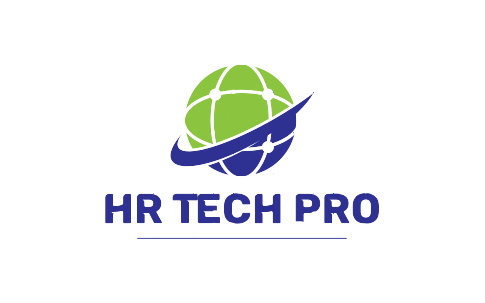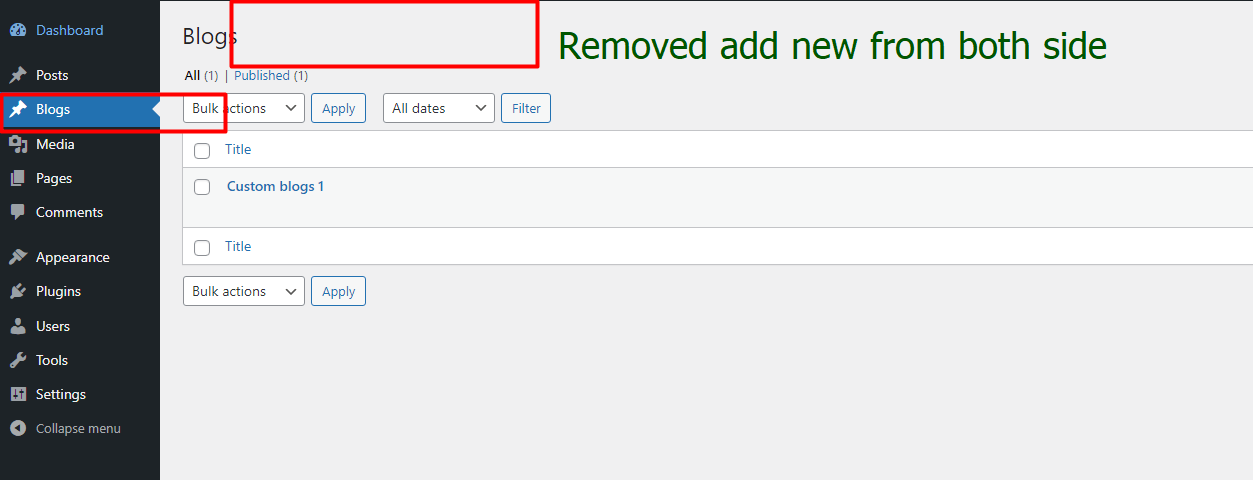How Cloud Computing Is Changing Business in 2025
Introduction
Cloud computing has transitioned from an emerging technology to a foundational force in business transformation. As we step into 2025, companies are leveraging cloud platforms not just for storage, but for driving innovation, improving efficiency, and enhancing collaboration. Here’s how cloud computing is changing the business landscape in 2025.
1. Remote Work Reinvented
The remote work culture born during the pandemic years has matured. Cloud platforms now offer businesses ultra-secure, scalable environments for distributed teams. Platforms like Microsoft Azure, Google Cloud, and AWS provide seamless access to virtual desktops, real-time document collaboration, and encrypted communication tools — all while ensuring compliance and data integrity.
2. AI and Machine Learning at Scale
Businesses no longer need in-house servers to run complex AI models. With cloud-based AI services, even small to mid-sized companies can deploy machine learning algorithms to optimize operations, forecast sales, personalize marketing, and improve customer support using NLP chatbots — all without deep tech expertise.
3. Edge Computing Integration
In 2025, edge computing has become an essential extension of cloud services. Devices collect and process data closer to the source (factories, stores, IoT devices), reducing latency and bandwidth costs. Cloud providers now offer hybrid solutions that allow data processing both at the edge and in the cloud — ideal for sectors like manufacturing, logistics, and healthcare.
4. Cost Optimization and Green Tech
Cloud providers have embraced sustainability. Businesses can now choose carbon-neutral data centers or energy-efficient workloads, helping them meet environmental goals. At the same time, new billing models allow pay-as-you-use pricing, making cloud adoption cost-effective for startups and large enterprises alike.
5. Cloud Security and Compliance Upgrades
Increased cyber threats have pushed providers to improve cloud security in 2025. Businesses now have access to AI-powered threat detection, end-to-end encryption, multi-region backups, and GDPR-compliant solutions by default. Compliance frameworks are built into most enterprise-grade clouds, simplifying audits and data governance.
Conclusion
Cloud computing in 2025 isn’t just about accessing files remotely — it’s a central hub for innovation, collaboration, and growth. From AI integration to sustainable operations and real-time edge analytics, the cloud is now a strategic enabler of modern business success. Companies that embrace this evolution are positioned to lead the digital economy with agility and confidence.







